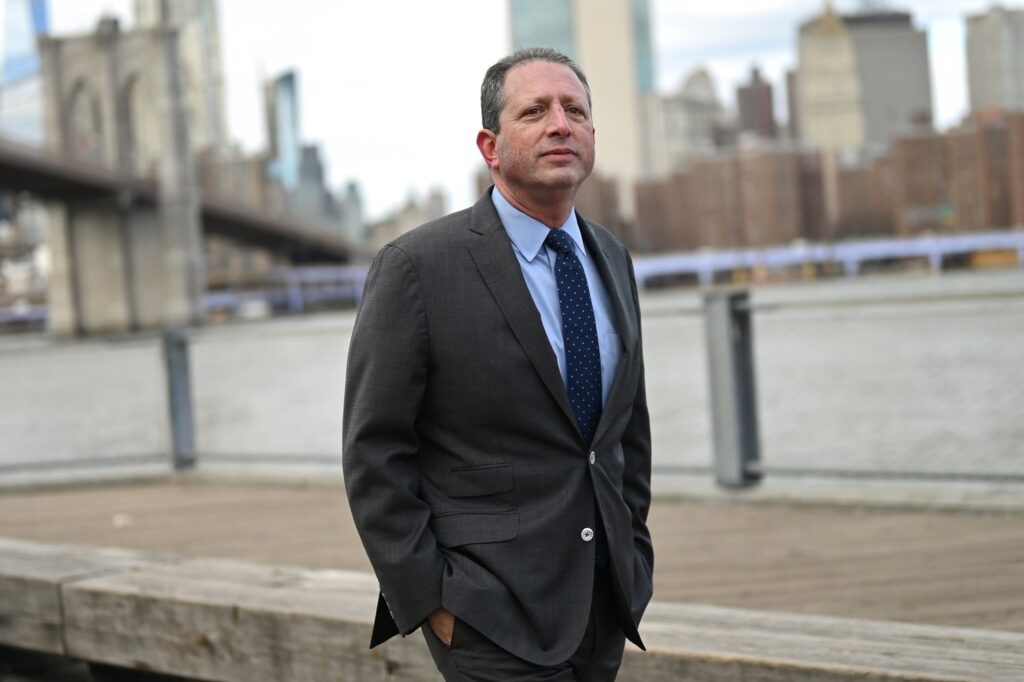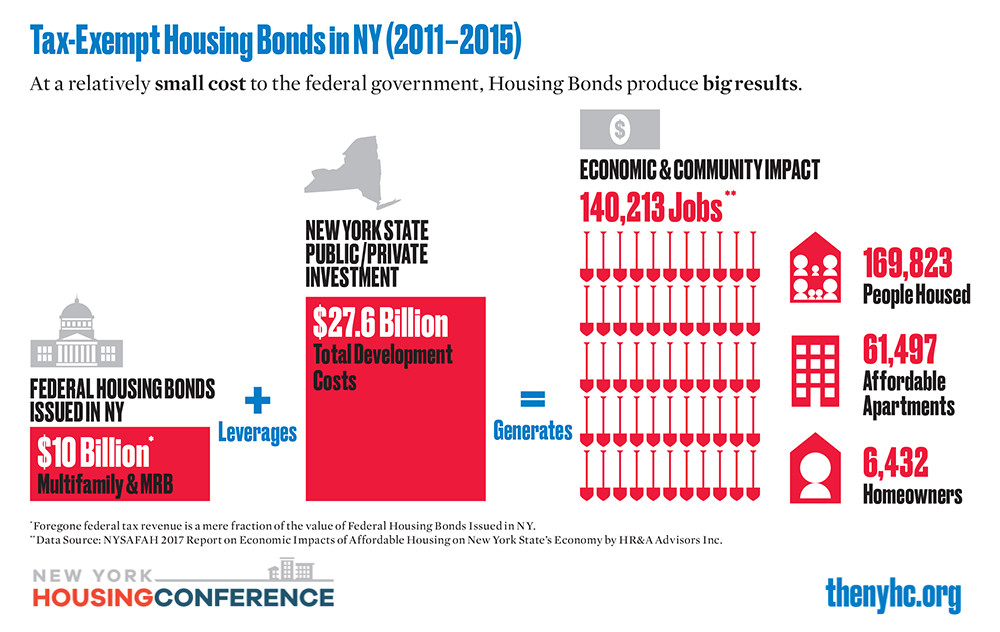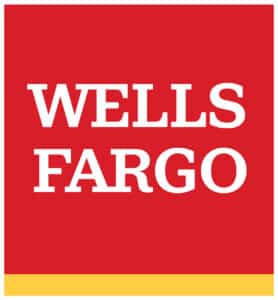
NYC Comptroller
Housing Positions and Proposals
- Build More Housing, With a Focus on Affordable: Build 500,000 new units of housing in the next 10 years with a focus on units affordable to low-income and working-class New Yorkers, by building a broad coalition for inclusive growth, breaking down impediments, identifying new opportunities and planning for great neighborhoods, increasing the City’s capital spending and making it more effective, and using creative approaches across the city.
- Protect Renters: Protect tenants and prevent evictions, reduce homelessness by improving the efficacy of CityFHEPs, provide financial incentives to landlords to improve housing quality, escalate code enforcement, use City capital to purchase distressed buildings, pass Community and Tenant Opportunity to Purchase legislation, end street homelessness
- Pathways for homeownership for working-class New Yorkers: Advance and promote upzonings for the development of large-scale, affordable co-ops, launch Homes for City Workers to cut the price of purchasing a home in half for City-employed workers, prohibit discrimination in the co-op housing market, provide expanded financial support and technical assistance to HDFC, Mitchell-Lama, and other naturally occurring affordable co-ops.
Responses to NYHC Questionnaire
What are your priorities in an affordable housing plan – including rental and homeownership?
New York City’s capital funding for housing decreases from $4.3 billion in FY2026 to $2.4 billion in FY2027 or less the following years. What are your priorities for the ten-year capital plan in terms of how much funding will you allocate annually? How will you pay for it?
NYC faces an affordability crisis that is crushing families and straining the city’s economy. I’ve spent my whole career – long before I ran for office – working on NYC’s housing crisis, creating and preserving tens of thousands of affordable homes, and it will be my top priority as mayor.
As outlined in my housing plan, I will declare a state of emergency to expedite the building of 500,000 homes, strengthen tenant protections, restore the path to homeownership, and fix our housing agencies. We will establish a shared framework for growth and affordability that the City can use to streamline ULURP and expedite projects. We will build 50,000 affordable homes in new neighborhoods on 4 of the City’s 12 municipal golf courses. To protect tenants, I will fully fund the “right to counsel” commitment that has proven successful in reducing evictions. I will rebuild a pathway to homeownership for working class New Yorkers, including a new wave of permanently affordable cooperatives (a 21st-century version of Mitchell Lama) and a “Homes for City Workers” program that doubles the home-purchasing power of municipal employees.
I am the only candidate with plans to fix both HPD and NYCHA, including authorizing HPD to hire additional staff, and limiting OMB’s role in re-underwriting deals.
To fund these efforts, I will triple capital investment for housing with most new funding allocated to existing, high-impact programs like ELLA, PACT, and Neighborhood Pillars. I will invest $1 billion annually to create a revolving loan fund that the Preservation Trust could use to finance site acquisition, predevelopment costs, and construction financing.
New York City’s public housing is chronically underfunded. NYCHA currently needs $78 billion in capital funding to bring housing up to good repair. What will you do to address the needs of NYCHA? Do you support the PACT program? Do you support the Public Housing Preservation Trust?
I am the only candidate in the race with a specific plan to “Fix NYCHA, With NYCHA, for NYCHA,” a track record of convening NYCHA residents to solve problems together, and a coalition of NYCHA leaders supporting me.
As NYC Comptroller, my team created the NYCHA Resident Audit Committee to involve public housing residents in identifying and solving problems. This led to three resident-powered audits – and an innovative, practical proposal for a Yelp for NYCHA Repairs app that will dramatically increase vendor accountability for repairs in NYCHA.
NYCHA’s urgent $78 billion capital repair backlog requires utilizing all tools in the toolkit, including the Trust, RAD/PACT, infill development, and comprehensive modernization. To strengthen resident trust, I will ensure that NYCHA residents at each development have the opportunity to vote on the pathway for their future, with a majority vote required for any transfer.
Part of my commitment to triple City capital funding for housing includes prioritizing funds to rehabilitate NYCHA developments – modernizing boilers, elevators, and essential systems while addressing lead, mold, and pest issues. I will expedite vacancy turnover by lobbying for an additional $275 million in State funds through the NYCHA INVEST Act. And I will leverage NYCHA and the Preservation Trust to develop new permanently affordable housing that benefits current NYCHA residents and other low-income New Yorkers via a $1 billion revolving loan fund, allowing NYCHA to acquire underused sites for development, and facilitating infill development on campuses where a majority of NYCHA residents vote to support it.
Homelessness in New York City is higher per capita than almost anywhere in the country and has been growing substantially. In New York City, more than 140,000 people experienced homelessness last year, a 78% increase from five years ago. What specific strategies and programs will your administration use to decrease homelessness? Do you support expansion of CityFHEPS?
My #1 campaign commitment is to end street homelessness for people with serious mental illness, as outlined in my “Safer for All” plan. We do not have to be a city where several thousand of our mentally-ill neighbors sleep on sidewalks and subway platforms.
Achieving this goal will require mayoral leadership, and a better-coordinated continuum of care between City agencies, hospitals, and social service providers, so we stop sweeping people from subway to street to hospital to jail, and back again. I support increased flexibility for involuntary hospitalization when individuals are a danger to themselves or others.
But ultimately, we must connect people to housing with services, or they will simply wind up right back on the streets. That’s why the heart of my plan is a “Housing First” approach, which moves people directly from the street into existing supportive housing/SRO units with wraparound services. This model has proven effective at getting and keeping people housed 70-90% of the time.
As a Council Member, I co-sponsored Local Law 71 of 2021, which increased the value of CityFHEPS vouchers. When I am Mayor, I will strengthen and expand CityFHEPS. I will update HRA rules to implement Local Laws 99, 100, and 102 of 2023. I will also fight for passage of the State-level Housing Access Voucher Program, and expand rental assistance through court-based programs and a new Flexible Housing Subsidy modeled on Anthos Home. I will also ensure proper enforcement of the 15% set-aside for homeless families, improve HRA staffing and training, and build stronger partnerships to streamline housing support and prevent evictions.
In 2024, the City passed the City of Yes for Housing Opportunity to add more housing in every neighborhood. This will add 80,000 units of housing over the next 15 years. What will you do to allow for more housing supply and more equitable housing development in New York City? How will you utilize zoning tools to address the crisis? Will you support existing or new real estate tax incentives like 485-x?
I vocally supported “City of Yes” – and I support putting the pieces that were eliminated by the City Council on the ballot as part of this fall’s Charter Revision proposal. However, City of Yes is not a panacea. We need much more housing, and a stronger focus on affordability. As Mayor, I will build 500,000 new homes over the next decade:
- Declare a state of emergency for housing to expedite growth by establishing a shared framework for growth and affordability, and streamlining ULURP for projects that align.
- Support rezonings like the Gowanus Neighborhood Rezoning, which I led, and is generating more housing than anywhere in the city.
- Increase housing density on key sites – including 4 of the City’s 12 municipal golf courses, around the Interborough Express, and by working in partnership with faith-based institutions.
- Advance upzonings designed specifically for the development of large-scale, affordable co-ops, restoring the path to home ownership once offered by the Mitchell-Lama.
- Enable co-housing, simplify zoning through form-based zoning in appropriate situations, and expand safe basements and accessory dwelling units.
- Reform the NYC property tax system.
- Convene a Mayoral Panel on regional growth.
I support tax incentives like 485x, which are essential to encouraging the development of multifamily rentals. As 421a/16 and 485x buildings move forward, we need to examine the impacts of tariffs and other Trump-era economic policies – to determine how to best incentivize development while getting the most for public dollars invested.
Do you support the State’s rent stabilization laws, and will you seek any changes? What will be your priorities in appointing members of the Rent Guidelines Board?
Across my career, I have strongly supported the rent stabilization laws. At FAC, the Pratt Center, as board chair of ANHD, I helped lead many fights to strengthen them – including against efforts of Andrew Cuomo and the IDC to weaken them. I’ve organized many buildings, and led policy efforts to combat predatory equity and prevent harassment.
As Comptroller, I led an innovative investment consortium that saved the 35,000 rent-stabilized units put at risk when Signature Bank failed. I established first-in-the-nation Responsible Property Management Standards for investor-owned housing.
As Mayor, I will work to advance protections for millions of New York City renters. I will staunchly defend the HSTPA, which closed loopholes that had allowed hundreds of thousands of evictions. I will oppose efforts to rollback existing tenant protections, including Good Cause. I will advocate for reforms to the Rent Guidelines Board to protect tenants from unfair rent hikes. And I will also work at the state level to expand the Right to Counsel law statewide.
I will appoint RGB members who are rent stabilized tenants (for both tenant and public positions), and who work to keep rents as low as possible, consistent with ensuring buildings are well-maintained, heat provided, and supers paid. In addition to the data the RGB already publishes, I will add a report focused on tenant incomes, rent burden, and affordability.
I have laid out detailed plans for addressing the challenges of distressed rent-stabilized housing and for strengthening building code enforcement to make sure heat and adequate living conditions are provided.
I will continue to work tirelessly – as I have for the past three decades – to protect tenants and keep their rents as low as possible, and to preserve every unit of affordable housing we have (as we continue to build many more).









